Mechanical Load Assisted Dissolution (MLAD) Research
Surface roughness evolution of medical implant alloy
Objective
- Characterize the stress-assisted dissolution mechanism at modular joint implant interface
- Characterize the roughness evolution by combination of contact and corrosion
Motivation
Modular implant and surface failure due to cyclic contacts between modular interlocked rough surfaces by human behavior in corrosive physiological fluid
- Biocompatibility problem ex) inflammation and necrosis
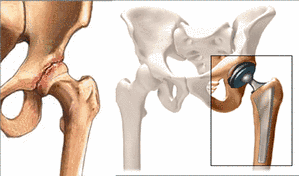
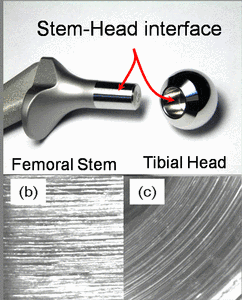
Modular hip joint replacement and its interlocking surface. b) stem surface, c) tibial head surface.
Approach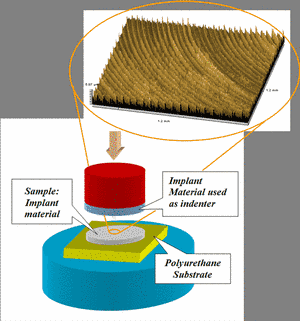
- Experimental analysis of surface roughness evolution by alternating contact and dissolution test and optical profilometry measurement
- Normal compression test with cylindrical CoCrMo specimen as shown in figure at right.
- Utilizing FFT calculation of profilometry surface roughness data investigate the most dominant roughness mode change
- Numerical analysis of residual stress Surface Model Elastic-perfectly plastic rough surface (E = 230 GPa, σy = 450 MPa, ν = 0.3) Plane strain (2 – dimensional) Half infinite spatial model surface roughness characterized by parameter ; A/λ=0.003
Experimental Results
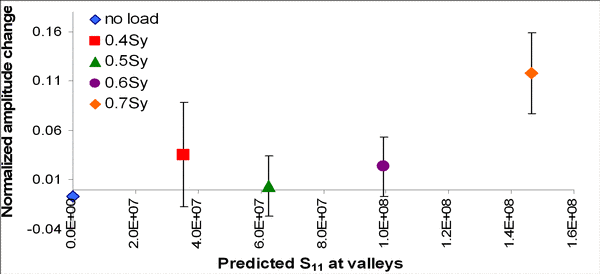
Surface Roughness Evolution of Preferential material dissolution by corrosion
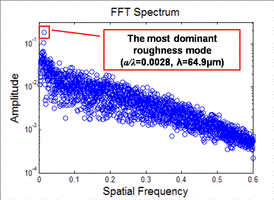
Tapered stem surface profile and superposed FFT spectrum of specimen surface before and after contact
Single asperity dissolution of metallic implant alloy
Single asperity dissolution of copper